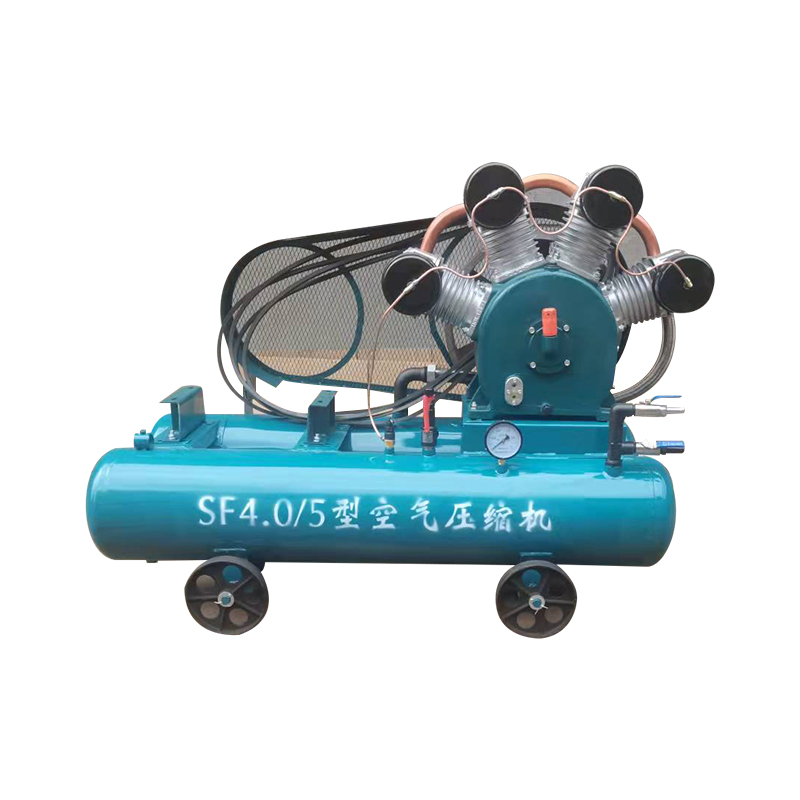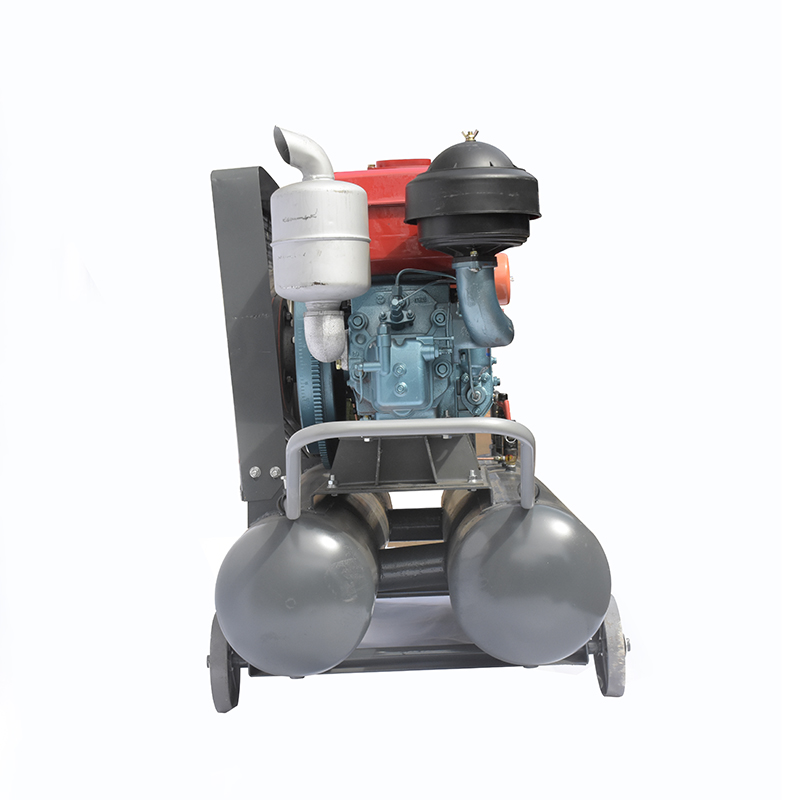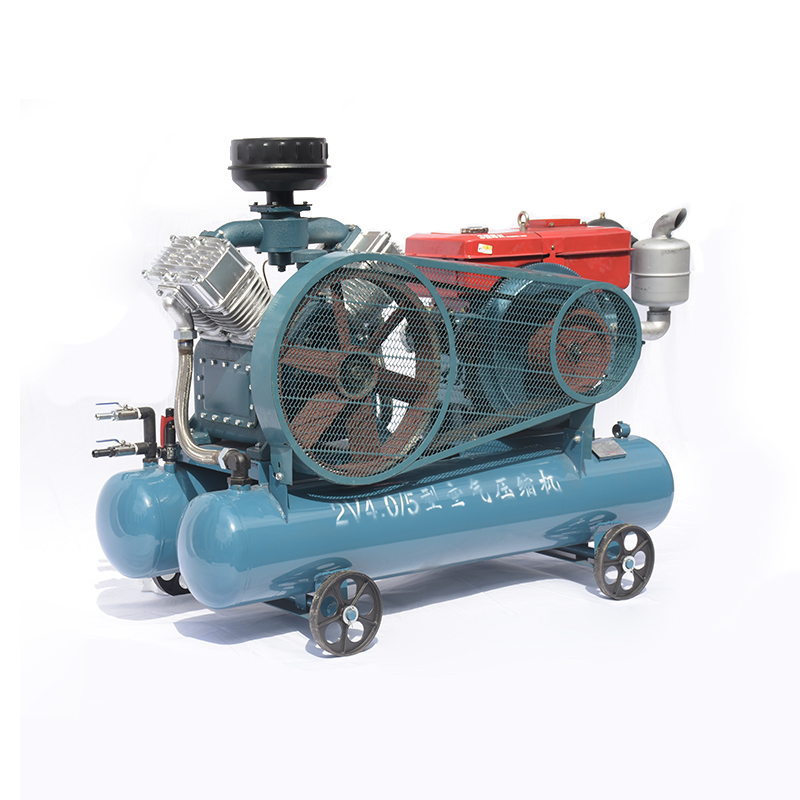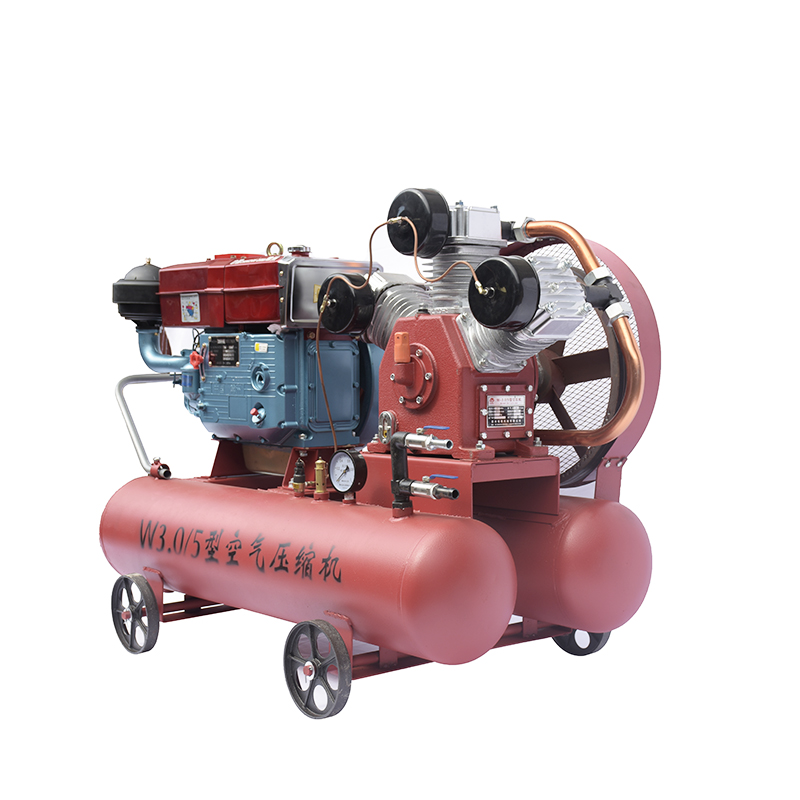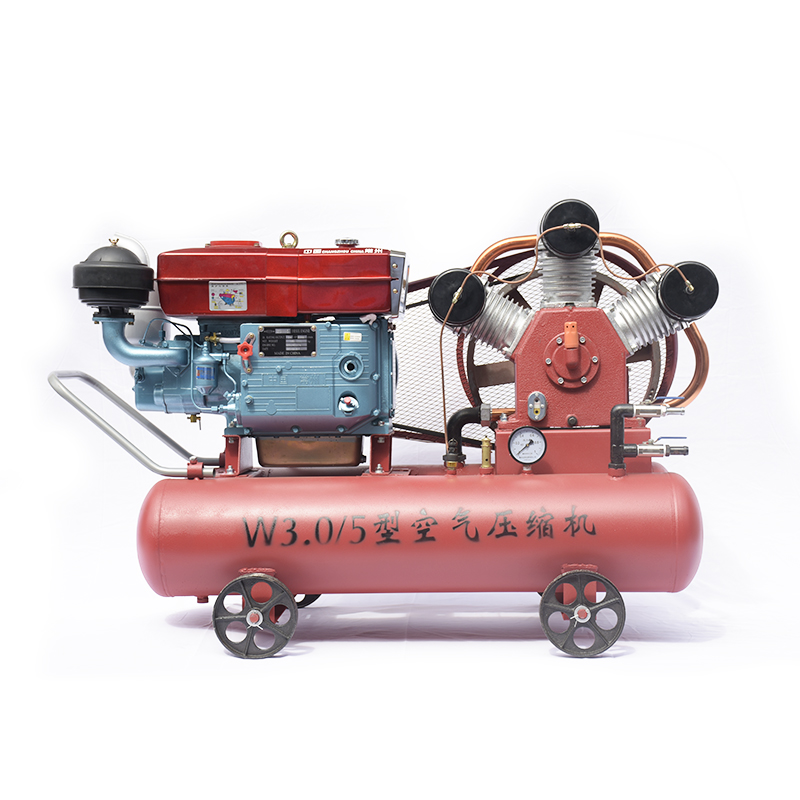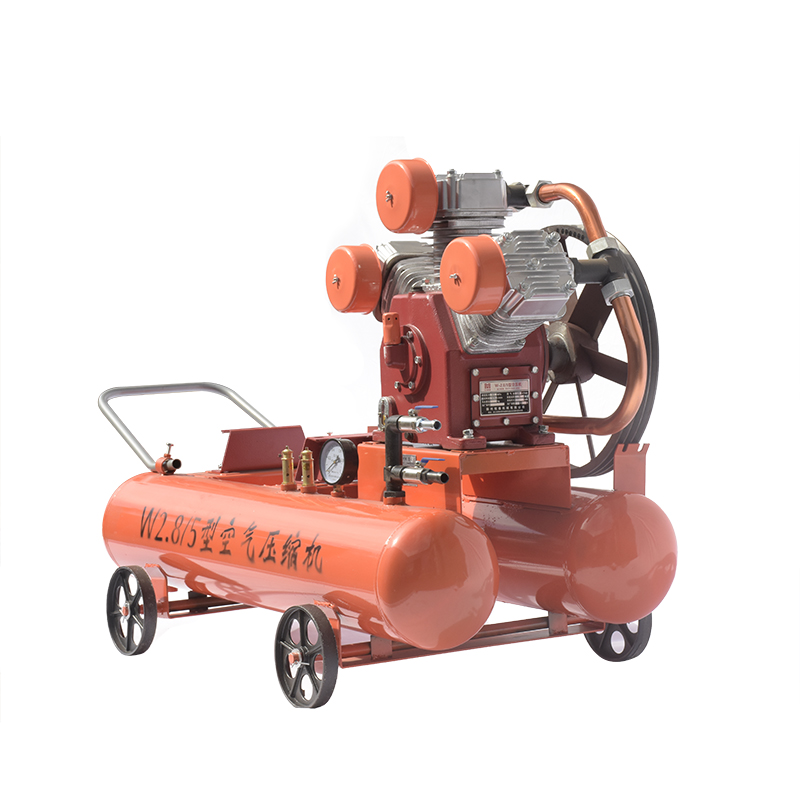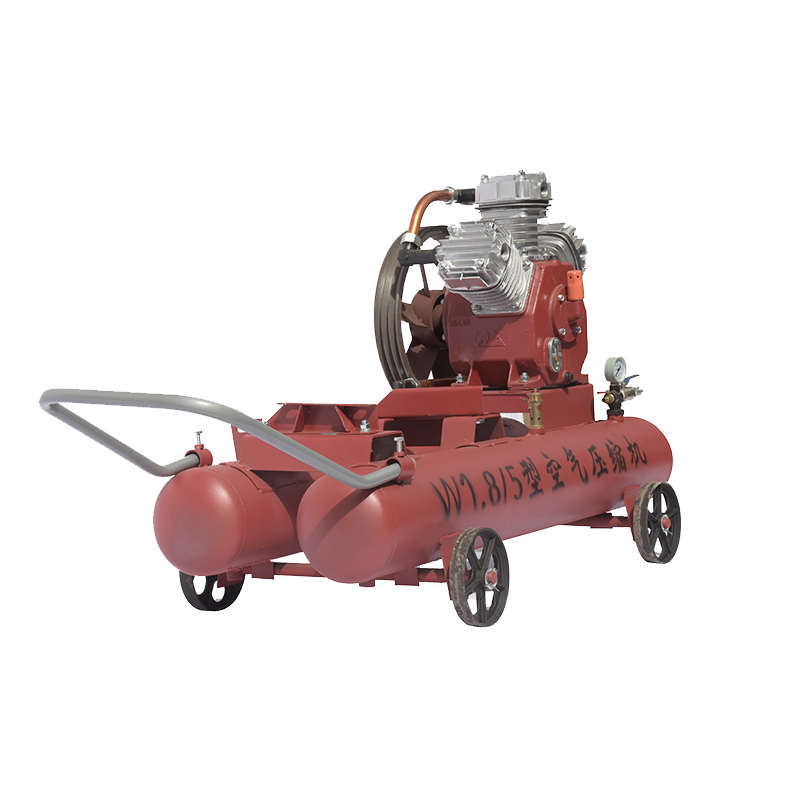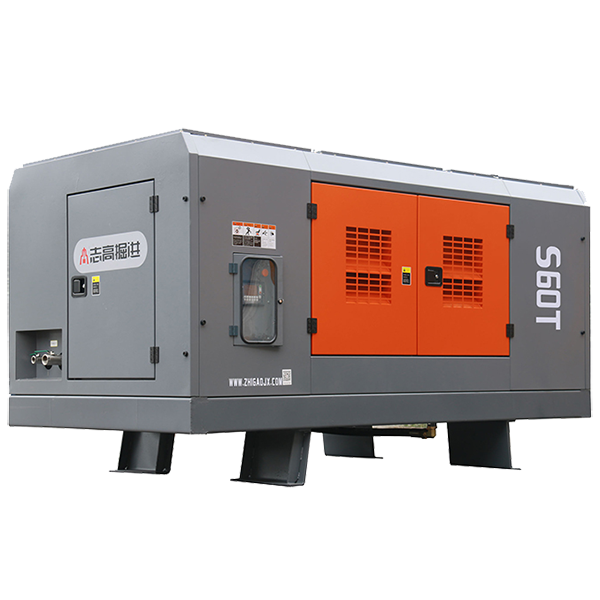Under immense pressure from the pump and piston, capable of being powered by electric or gas energy, air is drawn in and forced into the cylinder of an air compressor. Compression of this air inside the cylinder then happens, before being released following exit into an air tank. This action increases the pressure of the air, thereby granted a greater measure of efficiency by the device’s use.
In industries ranging from automotive to construction, the air compressor plays a critical role. Whether used to run air tools like sanders and drills or fill tires for cars and other vehicles, these remarkable pieces of equipment provide a wealth of powerful abilities. Even surfaces can be given a thorough clean with the help of an air compressor! Finally, the trusty air compressor is an invaluable tool when it comes to running pneumatic systems with precision.
Powering the majority of air compressors in operation today is a piston, which works by drawing air into the cylinder from an inlet valve. Subsequently, this piston is attached to a turning crankshaft, spun by an electric or gas motor, and compresses the air as it travels upwards. Finally, the dense air is expelled through an outlet valve.
An electric motor powers two intertwined rotors – known as a rotary screw compressor – to compress the streams of air influxing through the inlet valve. As the rotors turn, the air is confined between them and pushed towards the outlet valve. Out of the compressor, comes a blast of air that has been tightly compressed.
A compressor’s capabilities can be determined by examining its horsepower, flow rate, and tank size. Its horsepower measures the power of the motor, flow rate evaluates how much air is released per minute, and tank size reveals the amount of air that can be contained.
From portability to power, air compressors offer up a multitude of solutions. Compact compressors, equipped with easy-grip handles, are perfect for those who don’t hesitate to take the show on the road. These versatile machines are designed for on-site construction projects, powering up tools and keeping productivity on track. Then there’s the stationary version, a heavier-duty variant that demands permanent placement within an area or factory. These units provide peak performance in industrial environments, keeping processes humming and workers safe.
Post time: 2023-06-26


